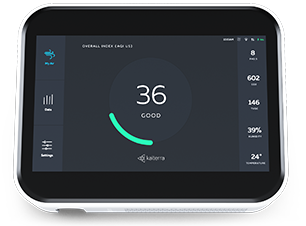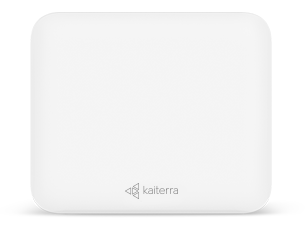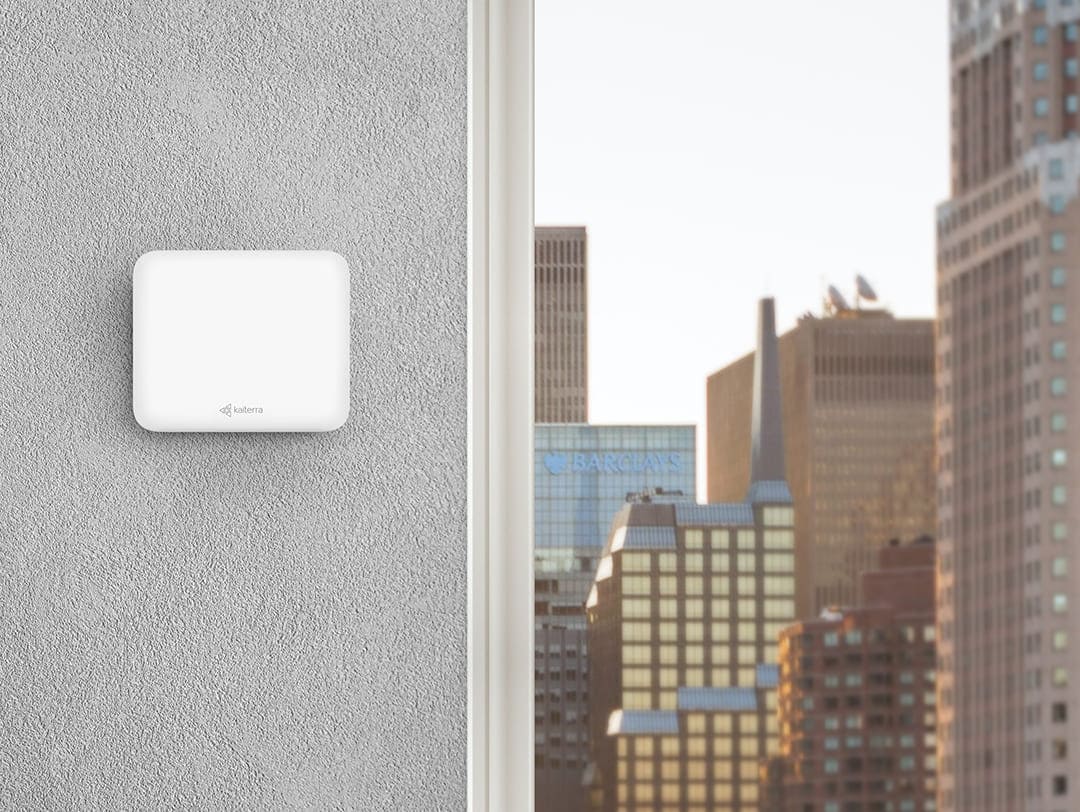Newsletter
Carbon dioxide is a naturally occurring gas in the atmosphere, but humans are pumping unhealthy levels of greenhouse gas into the air, our homes, and work environments. Our hunger for gasoline, oil, and natural gas creates an unhealthy amount of CO2 and contributes to air pollution and climate change. The earth can’t filter it out as quickly as humans are creating it. Subsequently, research finds that all that extra CO2 leads to breathing issues like asthma.
How CO2 Emissions Can Impact Your Day at Work
The sluggish, exhausted, and drained feeling you experience during a two o’clock meeting may not be fatigue setting in. It could be partially to blame on CO2 levels in the office. A 2012 study found a direct correlation between stuffy, overcrowded meeting rooms and your cognitive abilities and decision-making capabilities. High levels of CO2, which are commonly found in office meeting rooms, can make you feel drowsy, nauseous, and give you a headache. Improper ventilation is often to blame. Typically, CO2 levels range from 350-400 parts per million (ppm) in a healthy outdoor environment. In an office setting, CO2 levels of 350-1,000 ppm are considered acceptable, but CO2 concentrations can regularly exceed this in a meeting room.

Performing your best means breathing your best; it’s all about keeping a good exchange of air moving through your building. That starts with a functioning HVAC system. Encourage your company to invest in an air quality monitor that can keep track of CO2 levels. Your employer will receive detailed data about CO2 level spikes so they can make healthy changes.
CO2 Inside Your Home
High levels of CO2 can lead to severe breathing issues, and your home could be harboring this type of pollutant in a few different ways. When it comes to CO2, here are three reasons why ventilation is so important in your home:
- Poor ventilation traps CO2 in your home. To avoid this, most manufacturers recommend having your HVAC system inspected and cleaned once a year (regardless of its age) to make sure its moving air in and out of your home correctly.
- Humans breathe out CO2 in every inhale. The more people you have in your home at one time, the more CO2 is being expelled into the air. If you plan on hosting a party in your home, this is something to consider.
- Cooking food and heating your home may release CO2 into the air. If you’re using a wood-burning fireplace or are cooking with a gas stove, make sure to keep windows open and check the chimney for any blockages. These steps will help prevent CO2 from accumulating inside.

CO2 & Your Brain
High levels of CO2 will negatively impact your brain and health. People react differently to increased levels of the gas. You may have experienced this when your mind felt foggy, or you couldn’t focus on something. Symptoms of elevated carbon dioxide levels can begin as a headache, lack of concentration, and fatigue. Decision-making abilities and cognitive performance can also suffer. For example, one workplace study found people breathing in CO2 levels of 2,500 ppm struggled to perform tasks like basic proofreading or simple math problems. CO2 can also lead to slower productivity and increased absences at work or school.
When the National Institute for Occupational Safety and Health evaluated the air quality of 500 indoor spaces, they found that 52 percent of them had inadequate ventilation. Sometimes due to builders’ quests for an airtight, energy-efficient structure, tight buildings can lead to something called Sick Building Syndrome. SBS can leave you feeling off and slightly sick after spending time in a building, but it’s often times hard to pinpoint a direct cause.
On the extreme end of high CO2 exposure, your body goes into a state of acidosis. Breathing accelerates, blood pressure spikes, and heart rates rise. Prolonged exposure can lead to death.

How to Protect Yourself From CO2 Emissions
CO2 is odorless and invisible. On the bright side, there are some simple steps and tech gadgets you can use to keep the gas at a healthy level in your home and workplace. Here are five ways to protect yourself from CO2 emissions.
- Start with the basics. Ventilation, ventilation, ventilation. Make sure your HVAC system is in working order. If outdoor pollution levels are healthy, make sure to periodically open a window if your home feels stuffy or the air feels stale. If you’re hosting a party, crack a few windows to keep the air flowing.
- Open a window when cooking. If you’re whipping up dinner on a gas stove, crack a kitchen window to allow that extra CO2 to escape.
- Get down to business at work. Scale back your work meetings. We don’t think anyone will object. Set a time limit, a clear agenda, and try to limit the invite list. These simple steps can lower the amount of CO2 in your meeting room and keep more employees on top of their mental game. If you work from home, make sure your office space gets plenty of fresh air to keep you alert.
- No smoking allowed. Make it a hard rule that smoking cigarettes is not permitted in your home. The CO2 emissions from cigarette smoke are about 200 times higher than the average outdoor reading.
- Use an air quality monitor to measure CO2 levels. A monitor will help you understand potential problems with your air so that you can make updates as needed.
CO2 has a larger impact on us than many people realize. Taking small steps to ensure that the air in your home is properly ventilated can help you manage the brain drain you may feel in elevated levels of CO2. Arming yourself with actionable steps and air monitoring technology to keep you informed will help keep everyone in your home or workplace healthier.






.png?width=306&height=226&name=Menu%20C%20(2).png)
.png)




